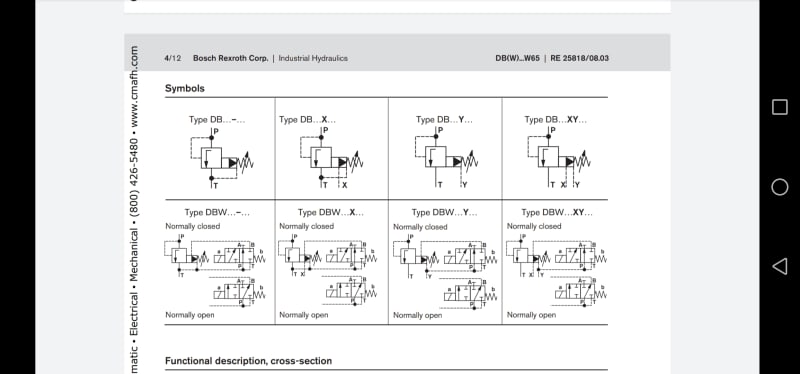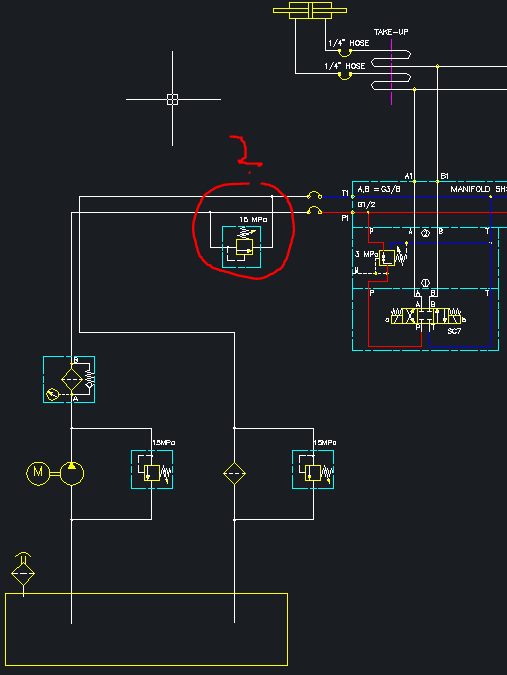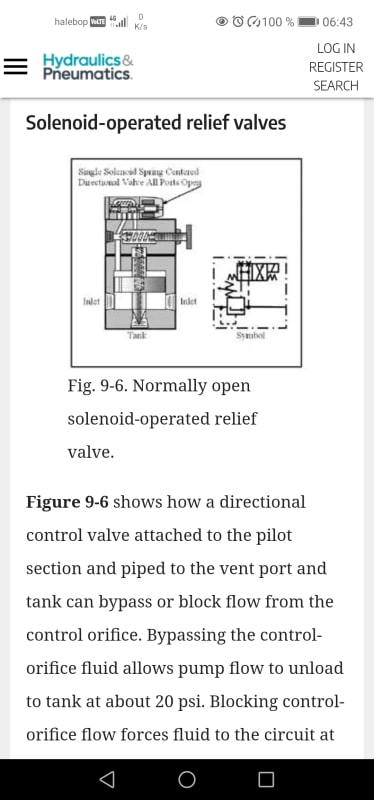Hien90
Mechanical
- Apr 4, 2020
- 9
Hi guys,
I am not sure if it is the right place for asking such a question like this. But I am struggling with understanding what the "on/off solenoid activated bypass valve" is. Does anyone know what is the function of this valve and what is the symbol of this valve in the hydraulic schematic diagram?
Thanks and Kind Regards!
I am not sure if it is the right place for asking such a question like this. But I am struggling with understanding what the "on/off solenoid activated bypass valve" is. Does anyone know what is the function of this valve and what is the symbol of this valve in the hydraulic schematic diagram?
Thanks and Kind Regards!




